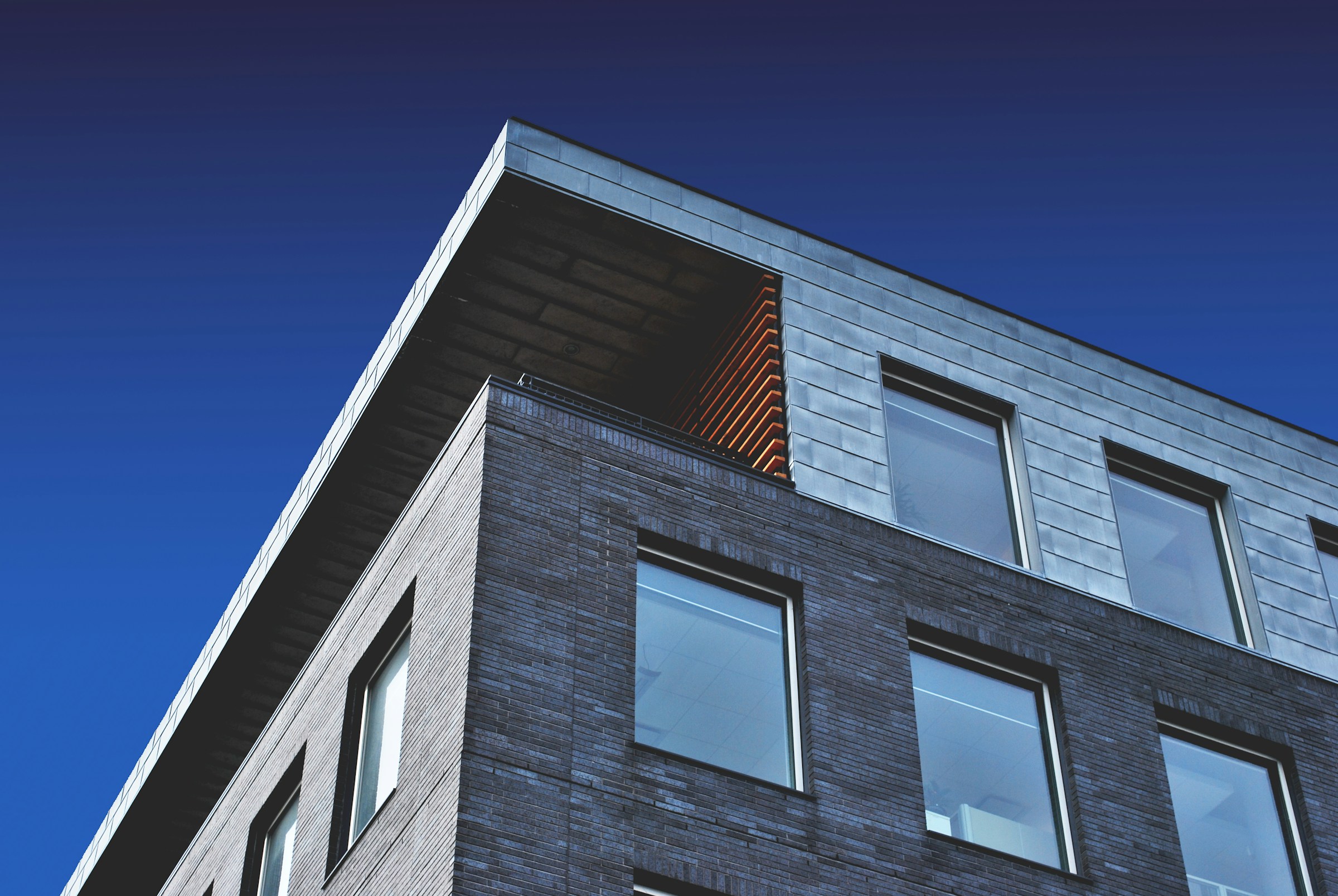Importance of Maximizing Natural Light in Property Design
Maximizing natural light in property design plays a crucial role, especially in northern climates where daylight availability is limited. The incorporation of abundant natural light in living spaces significantly benefits health and well-being. Exposure to natural light helps to regulate the body’s circadian rhythms, promoting better sleep and mood enhancement. Moreover, sunlight is a natural source of Vitamin D, which is vital for bone health and immune system functionality.
In terms of energy efficiency, well-designed spaces that leverage natural light reduce reliance on artificial lighting and heating, leading to cost savings. By strategically placing windows and using reflective surfaces, properties can optimise sunlight exposure, thus decreasing energy bills and lessening environmental impact. Consider the use of light-coloured walls and open floor plans to facilitate the flow of light throughout the space.
Topic to read : Smart Strategies for Optimizing Space in Compact Living Areas
On an emotional level, sunny interiors evoke feelings of joy and spaciousness, contributing positively to mental well-being. Natural light enhances visibility and comfort within the home, making it more inviting. This aspect of property design cannot be understated; thoughtfully designed spaces not only elevate the living experience but also increase the property’s overall value.
Smart Layout Strategies for Enhancing Natural Light
Strategic layout strategies play a crucial role in light enhancement and property optimization. By selecting the right window placement techniques, room orientation, and reflective materials, homeowners can maximize natural light.
Also to discover : Mastering Contractor Relationships: Essential Strategies for Success in Large-Scale Real Estate Projects
Window Placement Techniques
For effective light enhancement, consider optimal window sizes and types that contribute to energy efficiency. Windows should be strategically positioned for maximum sunlight exposure. For instance, south-facing windows are ideal for capturing sunlight throughout the day. Incorporate skylights and clerestory windows which allow light to enter more deeply into the property. These features are especially beneficial for areas with limited vertical space.
Room Orientation Considerations
In colder climates, a north-south orientation can be advantageous. It allows living areas to receive sunlight for the majority of the day. Allocate rooms like living rooms and kitchens to face the sun. This enhances the warmth and brightness of frequently used spaces. While prioritizing sunlight, it is crucial to balance privacy and light through thoughtful orientation, ensuring areas remain comfortably private yet well-lit.
Materials That Reflect Light
Select materials that reflect light effectively, such as glossy paints or metallic finishes, for walls and surfaces. The role of colour is also significant; lighter shades enhance the perception of space and brightness. Opt for innovative window treatments that combine aesthetics with functionality to improve light reflection within the room.
Climate Considerations for Property Design
In regions characterized by a northern climate, designing properties to accommodate seasonal changes in sunlight is imperative. Winter months often come with reduced daylight, necessitating thoughtful approaches to light management.
Design strategies should focus on maximizing natural light during these darker months. This can be achieved by orienting main living spaces towards the south to capture the low angle of the winter sun. Seasonal sunlight variations also stress the importance of integrating large windows and skylights to ensure ample natural illumination throughout the day.
Thermal comfort is another critical aspect, as properties must remain pleasant through varying climate conditions. Advanced glazing techniques, such as double or triple-pane windows, are effective in minimizing heat loss while still allowing light to penetrate indoors. Coupling this with well-insulated walls ensures that homes remain energy efficient without compromising warmth.
Adaptable design features are key in year-round light optimization. Employing adjustable shading devices can help regulate light and heat during summer, when temperatures peak. These innovations allow properties to react and adjust to the ongoing climate changes, providing comfort and energy efficiency no matter the season. In conclusion, thoughtful northern climate design can harmonize light and temperature control effectively.
Case Studies and Examples of Successful Implementations
Exploring design examples and case studies reveals how natural light is efficiently used in various settings. By presenting real-life applications, we hope to highlight innovative techniques.
Residential Projects
Numerous residential designs showcase successful light maximization. These projects often include:
- Large windows and skylights
- Open floor plans
- Reflective surfaces
These features allow abundant natural light to enhance the home’s ambiance.
Homeowners’ feedback often highlights improved mood and reduced energy consumption. Many report feeling more connected to the outdoors, appreciating the bright, welcoming environments. This integration of natural light not only improves daily living experiences but also adds value to residential properties.
Commercial and Public Spaces
Commercial properties benefit significantly from effective natural light strategies. Improved energy efficiency and workplace wellness are among the most noted advantages. Strategic architectural designs, like atriums and floor-to-ceiling windows, maximize light access.
Workplaces with ample natural lighting often observe increased productivity and reduced absenteeism. These environments foster creativity and focus, making natural light optimization a crucial goal for commercial spaces. Unique designs that prioritize light access also demonstrate an organization’s commitment to sustainable practices.
Actionable Tips from Design Professionals
When embarking on a property design project, it’s crucial to heed the expert tips provided by seasoned design professionals to avoid common pitfalls. These design professionals underscore the importance of understanding the unique aspects of a property before diving into any redesign. One prevalent mistake is failing to consider the property’s existing architectural elements, which can lead to unnecessary complexity and costs.
Before making any changes, they recommend thoroughly evaluating the current condition and layout of the property. This involves assessing the structural integrity and flow of spaces, both essential for ensuring a successful outcome. Integrating practical aspects such as natural lighting, ventilation, and sustainability into the design process can greatly enhance a property’s overall functionality and appeal.
Further actionable insights include collaborating closely with architects and designers. Open communication ensures that your vision aligns with feasible design solutions. They suggest having a clear yet flexible plan to accommodate potential design adjustments, enhancing the final result. Additionally, keeping abreast of the latest trends and technologies in property design can be invaluable, helping to bring innovative solutions to the table while ensuring your property remains timeless. Adhering to these insights ensures a seamless and efficient design process.







